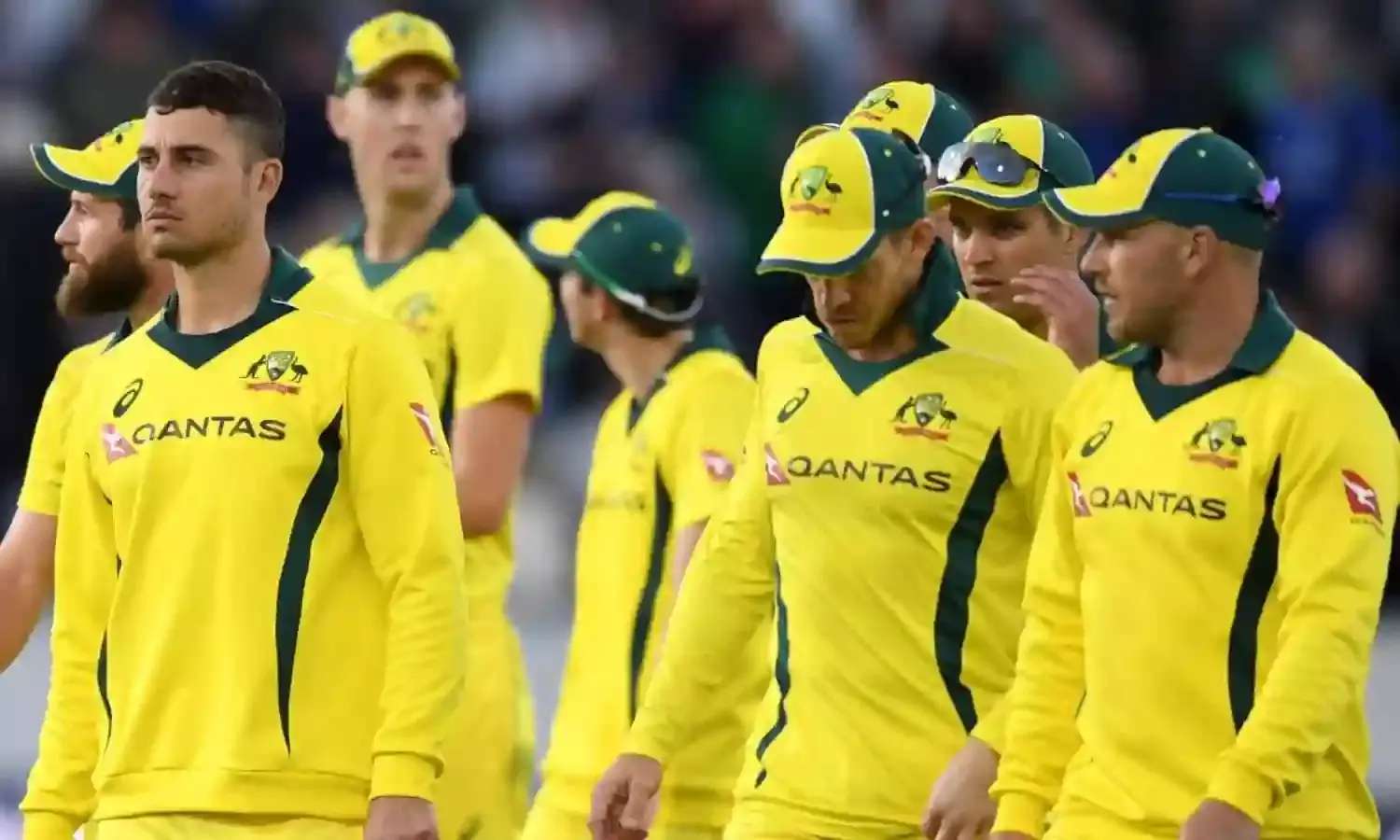Australia Show Us Why They Have Five World Cups
A down and out Australia have turned up in style
Having fought their way through a turbulent period with absent stars and a new skipper, Australia turned up at the World Cup with a team that appeared heavily reliant on bowlers. There were six pacers in the squad and no backup wicket-keeper. There was just one backup batsman and the five-time champions seemed well short of the batting firepower they would need, given their pre-tournament form.
Between January 2018 and the World Cup, Australia played 26 ODIs, losing 15. Eight of their wins came in succession since March, in India, with the team’s batting notably below par. Aaron Finch was the only batsman to rack up over 1000 runs in this period, and even he seemed to be struggling as Bhuvneshwar Kumar had him trapped in front repeatedly in the ODIs played Down Under.
Yet Australia landed in India in 2019 to complete a spectacular series win, even with their stars David Warner and Steven Smith missing, and Finch out of form. They then rolled over Pakistan in the UAE and were in pretty good form heading into the World Cup. They cleaned up England – a tournament favourite – in the warmup match.
Only hushed voices until then, the chorus started rising. Once again, Australia had arrived. The missing pieces were back and it seemed like they had jumped from nothingness to top contenders overnight.
Australia just know how to win World Cups. They have five in their shelf and don’t seem satisfied. When they blasted past Afghanistan in their first World Cup game, the cricket fraternity wasn’t quite ready to believe they were back to their winning ways. Against the Windies they found themselves at 38 for 4, but Smith and later a belligerent Nathan Coulter-Nile drove them all the way to 288. They eventually won by 15 runs.
A loss to India did not deter them long, and they came back to thump Pakistan and Sri Lanka with 300-plus totals batting first. Bangladesh was beaten and then England were slaughtered, with Mitchell Starc and Jason Behrendorff exploiting a left-arm weakness in the home team’s armoury.
The Australian team and management have been meticulous. They had planned this well ahead: in the time Smith and Warner were away they honed Finch’s captaincy skills, bringing in only the players required to fill the gap. There was no panic, no rush, no frustration following defeat.
We scoffed when the selectors left Josh Hazlewood out of the World Cup squad. Six quicks and no Test bowler like Hazlewood! But Australia wanted flexibility in their team. They knew what Starc would bring to the table. They knew what Cummins had in him. They would rather have a third seamer whose ego wouldn’t be hurt if he were left out.
Coulter-Nile played the first three games and was replaced as soon as his performances tapered down. Kane Richardson came in and picked up two and three wickets in his first two games, but he watched the Bangladesh game from the sidelines as Coulter-Nile was brought back in.
Facing England, they had a main course of left-armers. Behrendorff joined Starc and the left-armer destroyed the English with a five-wicket haul. Starc steamed in and yorked Ben Stokes to seal England’s hopes shut. England were in the game on and off, but Australia never got off their tracks.
Finch has been astounding with the bat and as a captain. Against England he played out an excellent new ball spell by Chris Woakes to make a fabulous ton. At year’s beginning he looked like he couldn’t buy a run, but Finch is now the second highest scorer in the World Cup with 496 runs at an average of 70.9.
Warner tops the chart, with 500 runs at 83.3, but has been remarkably restrained, playing second-fiddle to Finch only because that’s what’s working perfectly for the team.
With the pitches not as high-scoring as anticipated, the role of openers in the side has changed over the course of the World Cup. It has been about guarding wickets up front and cashing in later, and Australia have been nailing this.
It was only against the West Indies that they lost four wickets inside the first ten overs. In the remaining matches, those figures have been 55/0, 48/0, 56/0, 53/0, 53/0 and 44/0. Without losing a single wicket they have made 642 combined runs in partnerships, ahead of the next team by almost double.
Of their bowlers, Starc tops the World Cup wicket-chart with 19 wickets. Cummins has 11. The rest have chipped in here and there, well enough to sustain the side.
Seven matches in and Australia are first to qualify for the semis. Is anyone surprised? They just have a way with World Cups and are showing it yet again.





